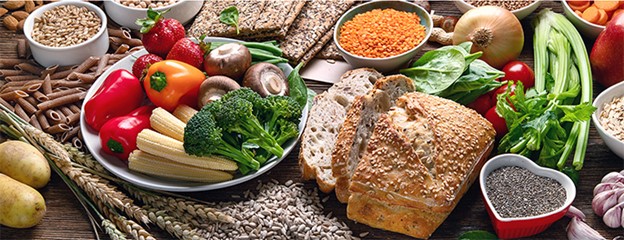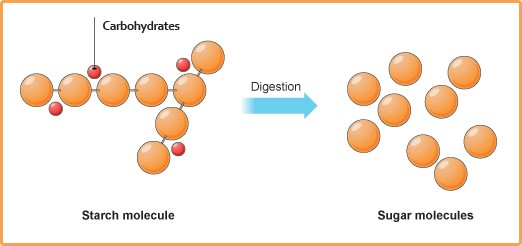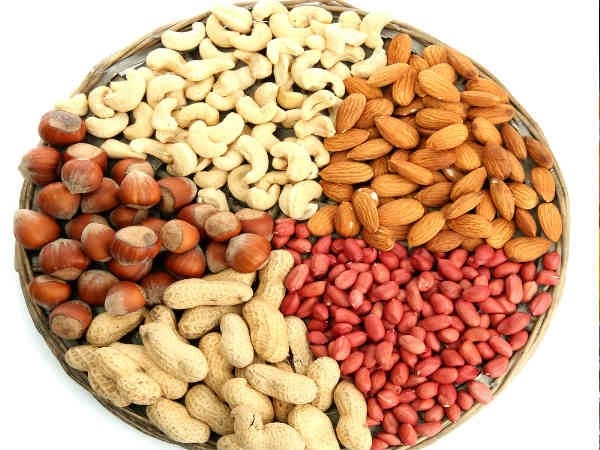A Scientific Approach to Weight Loss
Category: Healthy Choices

Weight loss has always been associated with calorie counting, restrictive diets, or rigorous workout programs. Just look at how many diet programs are out there making tall promises which only yield short-term, disappointing results.
What most people don’t realize is that there’s an easier way to achieve sustainable weight loss, and that is by balancing your blood sugar levels. Blood sugar simply refers to the amount of sugar or glucose in your blood, which comes from carbohydrates. During digestion, carbohydrates are broken down into sugar molecules and sent to your bloodstream, increasing your blood-sugar levels.

The hormone insulin is then released to bring the sugar out of your blood – and into your cells to be converted into energy. Any excess sugar from your meal that isn’t being used for energy right away gets stored as fat.
So how does all this work?
Highly-refined carbs like white bread, high fructose corn syrup, and other sweet carbs are quickly digested and absorbed. This rapid fluctuation in blood sugar level is sometimes called a sugar rush, which leaves you tired and feeling hungry faster. This forces your body to produce more insulin which, in turn, can trigger more fat storage.
How do I balance my blood sugar, you may ask? Thankfully, not all carbs are created equal. Low-GI carbs have minimal impact on blood sugar levels. Dr. David Jenkins invented the glycemic index (GI) as a way to measure how specificfoods elevate blood sugar levels relative to pure glucose (GI = 100).

Foods can be classified as:
• High – 70 and higher
• Moderate – 56-69
• Low – 55 and below
GI can be affected by several factors such as nutrient composition, ripeness, and cooking method and so it’s better to reference the glycemic load of foods since it takes into consideration serving size.
Choose carbs that have a low glycemic load.
Plant foods contain fiber, so their natural sugar is released slowly. Nuts and seeds are good sources of plant-based protein which takes much longer to digest. Low-carb fruits include berries, apples, and pears. Whole grains, lentils, and legumes are also good choices if you want to maintain your blood sugar level.
Dr. John Westerdahl, our nutrition expert, let us in on a little secret. Studies have shown that apple cider vinegar effectively lowers blood glucose levels when taken together with meals. Dr. Carol Johnston also did several studies on the therapeutic effect of apple cider vinegar on people at risk of type 2 diabetes. One study found that fasting glucose dropped within days and lower levels were sustained during the 12-week duration of the study. Maybe you’re not fond of apple cider vinegar! You also may want to try a supplement we offer that helps retain normal blood sugar levels.
Now you know the little-known secrets to managing your weight, so you can look great, feel great, and enjoy healthy holidays.



Facebook Comments